Postcards from Copenhagen gives three photographers the opportunity to travel to Copenhagen on an exclusive group commission. To introduce the competition, British Journal of Photography will profile a number of photographers working out of the Danish capital.
In 2015, after several years of working individually, Copenhagen-based photographers Sara Galbiati, Peter Eriksen and Tobias Markussen formed a collective. What started as an experiment for the photographers – “Would it be possible to merge together and become one?” – soon became second nature. “It is quite simple: we believe that we are more accomplished when we collaborate,” says SPT. “Our own egos as photographers needed to be challenged and dissolved.”
Operating as a collective, there is no hierarchy. The three photographers work out of a shared studio in Copenhagen, frequently travelling overseas to work collectively on a singular body work. Together they carry out extensive research and rotate responsibilities so that each has the opportunity to interview subjects, and assist or lead on shoots.
It is not uncommon for Sara, Peter and Tobias to photograph the same location. That said, the collective are careful not to disclose which one of them took each image. In doing so, all work produced by the collective is truly collaborative and any recognition is attributed to all three photographers. No one photographer should ever be singled out.
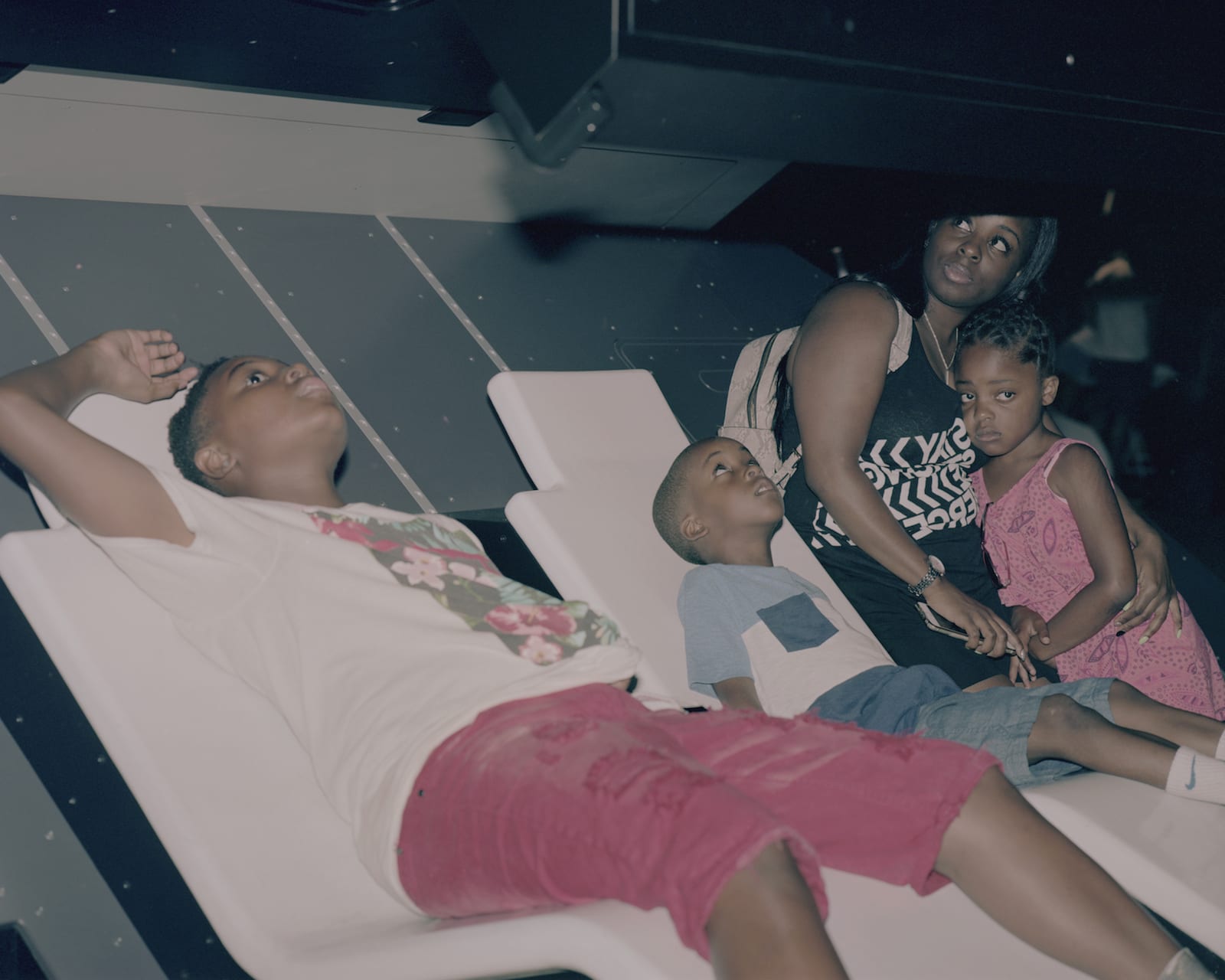
Sara, Peter and Tobias’s first collective project explores the American UFO myth in three American states, as seen through the eyes of those who believe in extraterrestrial existence. Phenomena takes the form of a Kickstarter-funded photo-book that chronicles the trio’s investigative journey across Nevada, New Mexico and Arizona, and presents photography alongside in-depth interviews, research and other empirically collected material.
“In the Phenomena project we didn’t work with distinctions between who took which image,” says SPT. “It is all about the collaboration and the book should be judged on the nature of the content, not the names on the back… Phenomena has become a much stronger body of work, than any of us could have achieved separately.”
Postcards from Copenhagen – a competition run by British Journal of Photography and Wonderful Copenhagen – is giving three photographers the opportunity to travel to Copenhagen and create an intimate portrait of the Scandinavian city. All expenses will be paid.
In a similar approach to that of Sara, Peter and Tobias, the competition’s winning photographers will create a joint body of work over one long weekend, capturing the vibrant Danish capital from multiple perspectives. The photographs published as a result of the commission will be attributed to each photographer but, by spending one weekend working closely alongside each other, the winning photographers will immerse themselves in a collaborative mentality.
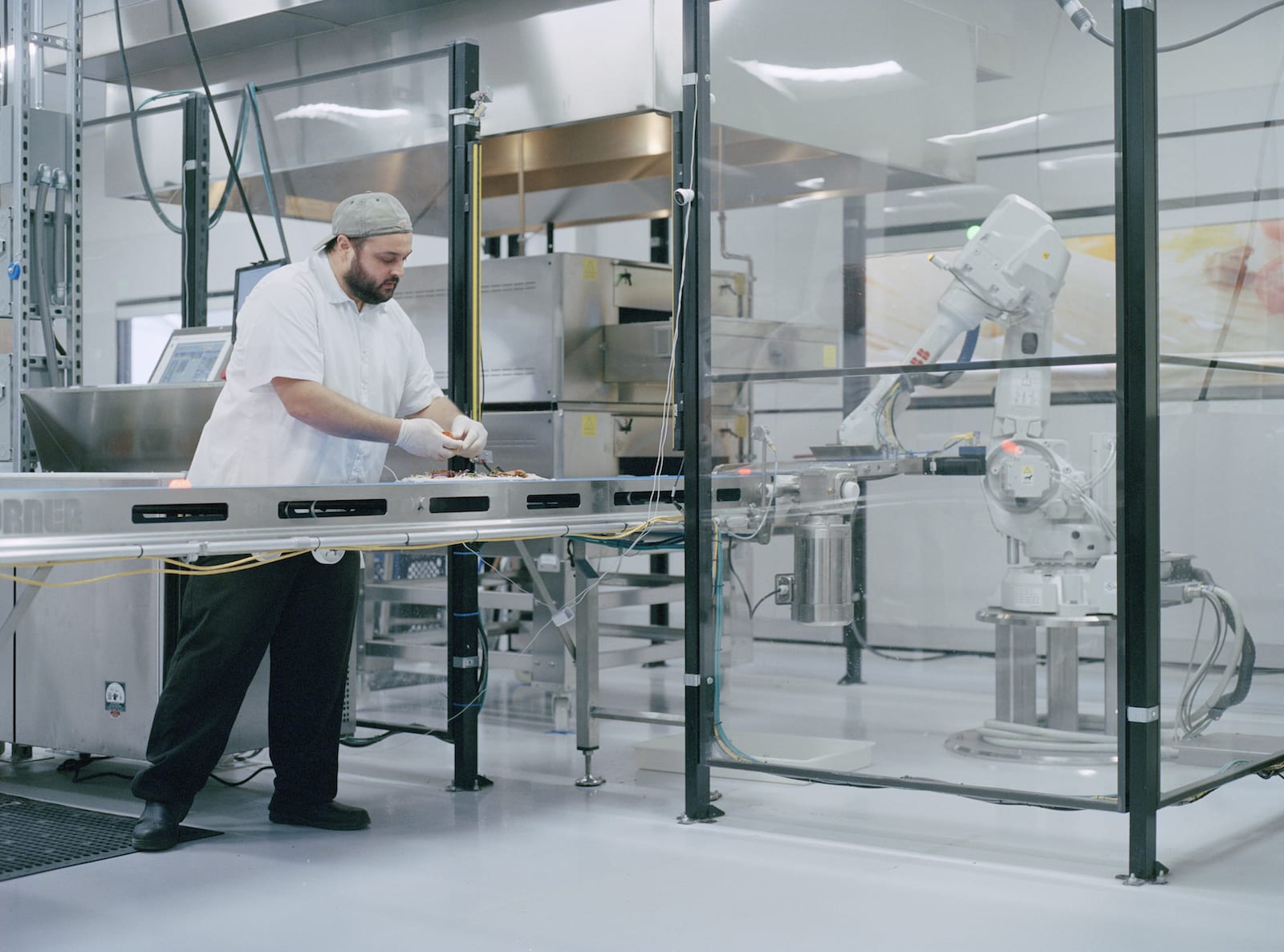
Although their work takes them around the world, Sara, Peter and Tobias are based in Copenhagen. The photographers were brought up in different parts of Denmark – Peter is from a small village in the western part of Jutland, Sara is from Aarhus, and Tobias grew up in Copenhagen – and are part of a burgeoning trend among Denmark-born creatives who choose to remain in the Scandinavian country for their studies and subsequent careers. “The photographic community in Denmark has some specific characteristics,” says SPT. “The size of the photographic community makes it possible to develop as a photographer – it is easy to meet and learn from other photographers that you like and admire.”
Below Sara, Peter and Tobias discuss their anthropological approach and the appeal of working as a collective.
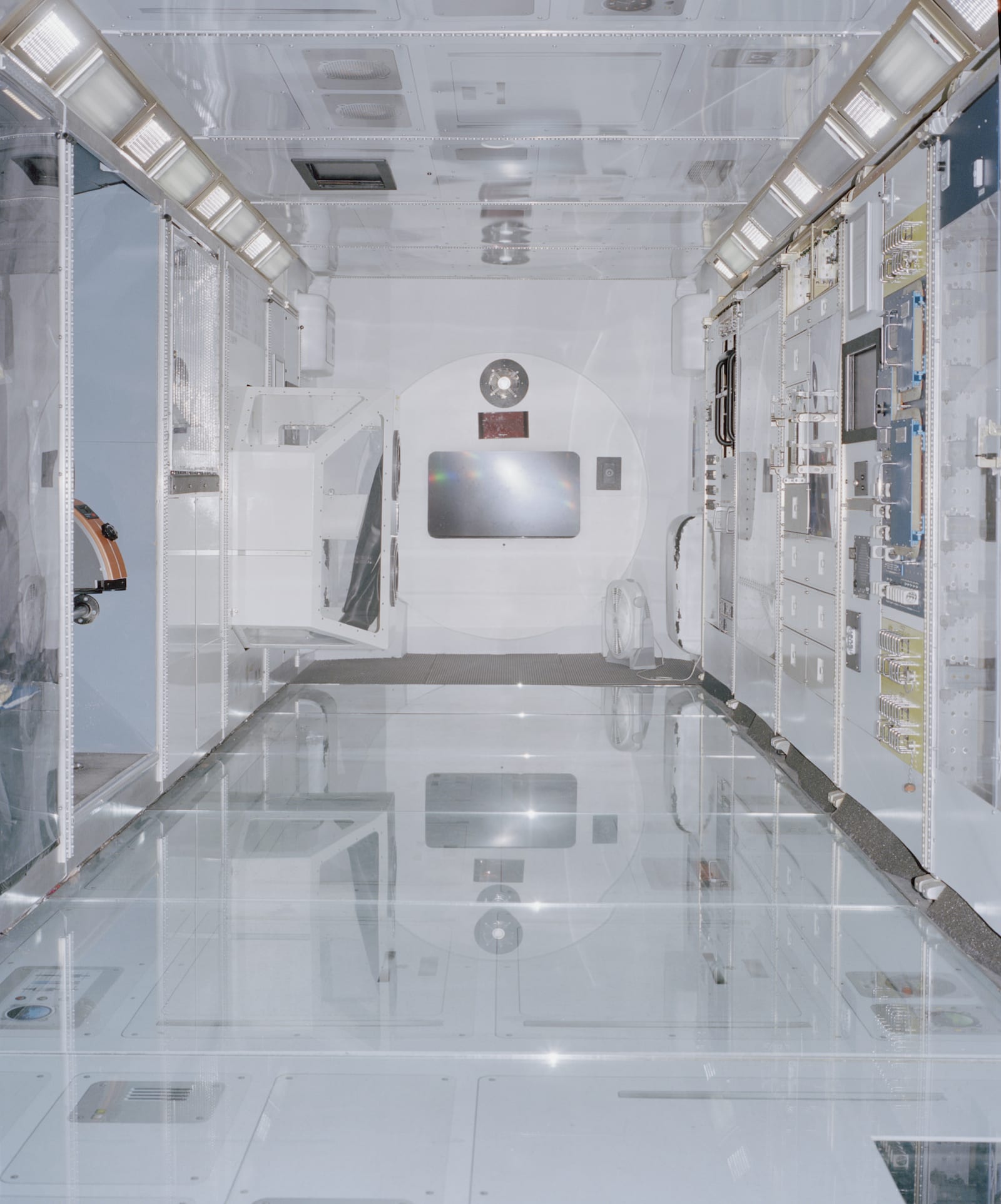
How would you describe your approach to photography?
We have an anthropological approach and a non-judgmental mind. We are curious and fascinated by what you can’t see and we like that this is, in a way, contradictory to the nature of photography. We want to engage the audience in conversations about topics that can be difficult to comprehend.
Why did you decide to form a photography collective?
It started out as an experiment. Would it be possible to merge together and become one? Prior to starting the collective, the three of us had been working individually as photographers for four years. Even though we shared an office, we sometimes missed being part of a bigger team. We started talking about collaborating on a joint project. Someone brought up the idea of following the pilgrim path of the UFO myth – photographing places and people with significance to the subjects.
As friends and colleagues, we always look at each other’s work and give feedback. We are inspired and fascinated by each other’s work and thought that we could benefit from having different approaches to a topic. Joining forces was a way to push ourselves out of our comfort zones.
What appeals to you about working as part of a collective? Photography is notoriously solitary with photographers often feeling pressure to compete?
It is quite simple: we believe that we are more accomplished when we collaborate. It is liberating to distance yourself from the ego of the individual photographer. Working as part of a collective has created more energy and room to make engaging work. We also push, provoke and inspire each other in so many ways, which means that we never stop exploring new possibilities in our photography. It is a much more fluent and organic way of working. There is a consciousness about the collective, and we never say who took which image. The point is to work together to make strong collaborative work.
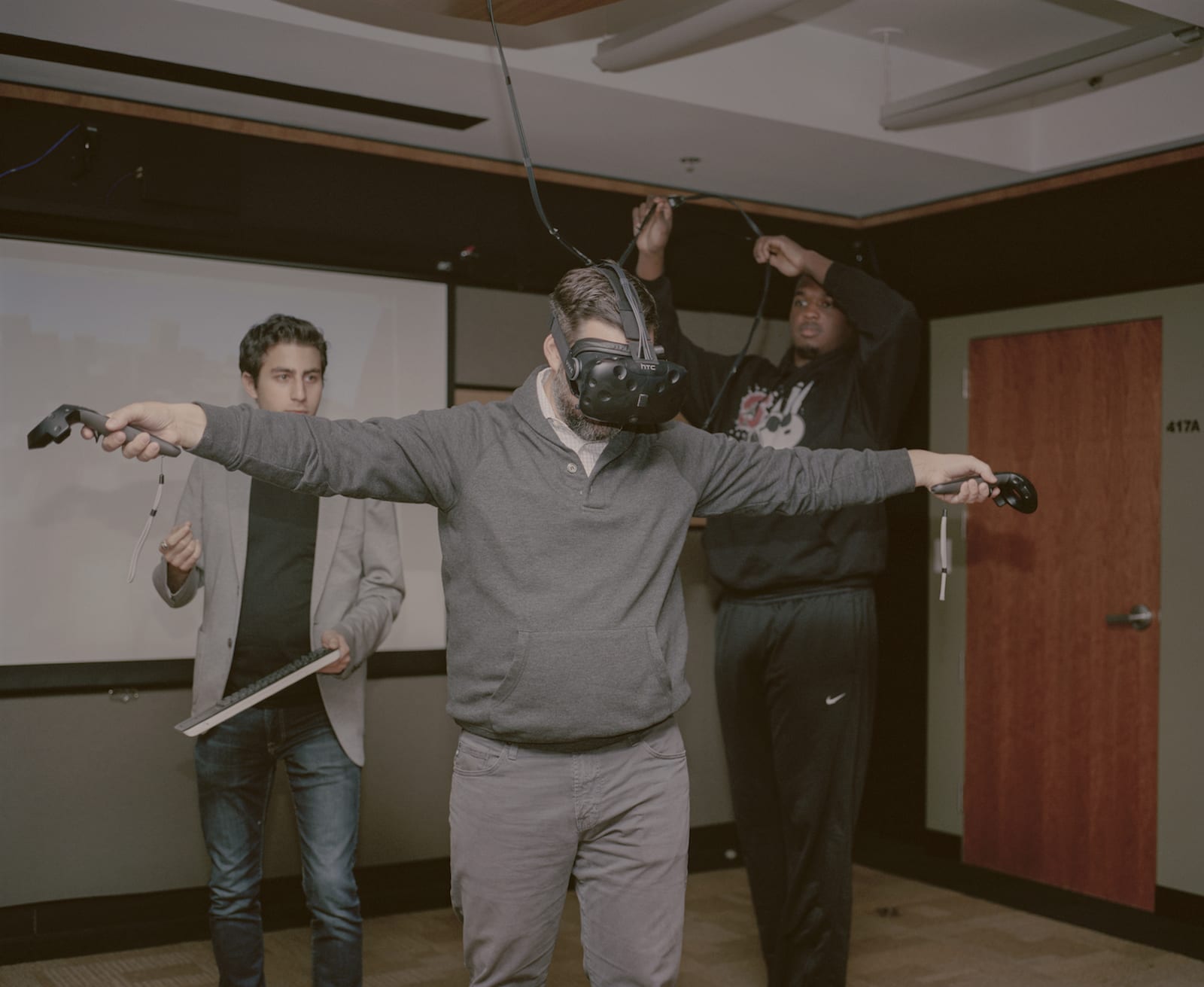
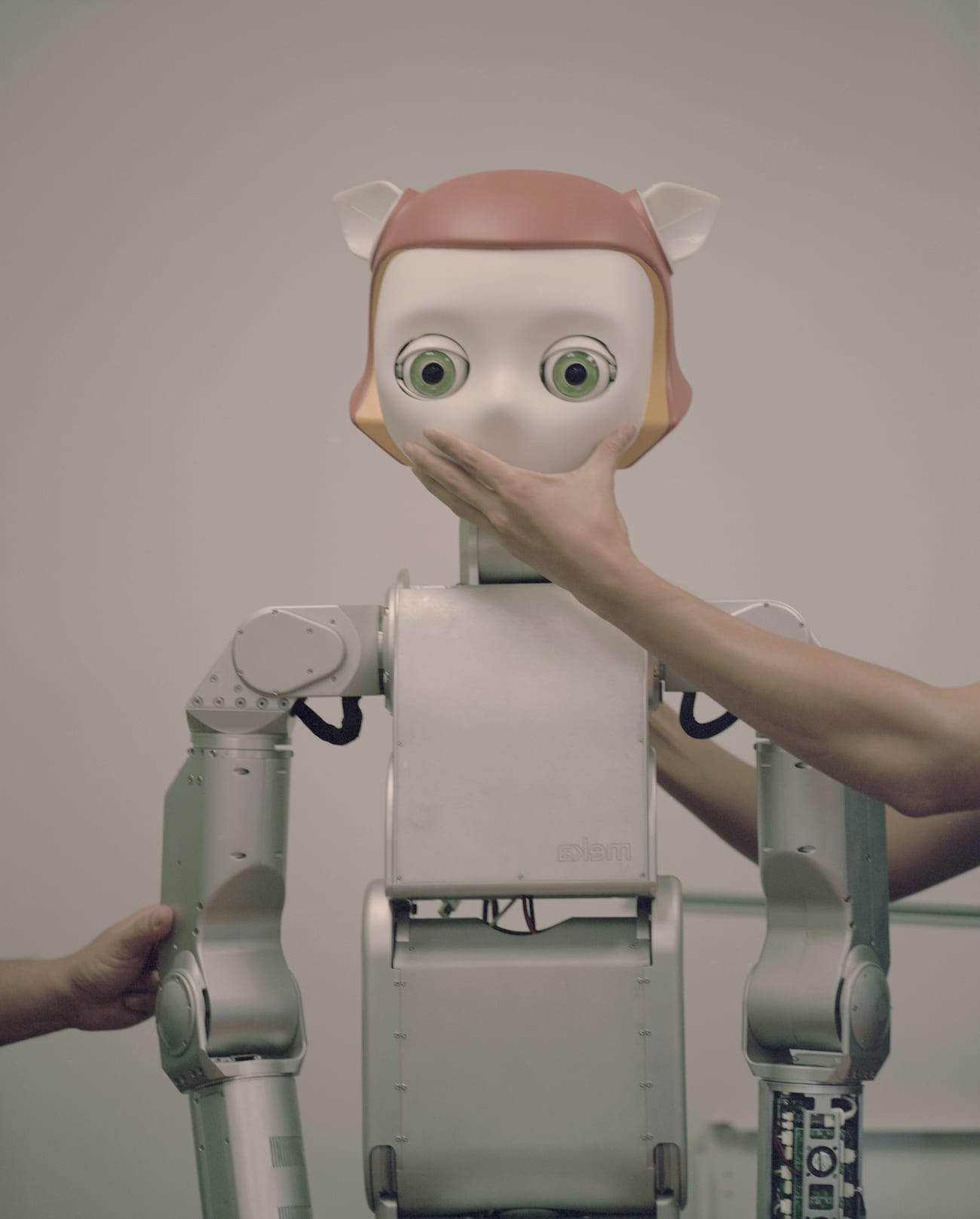
How does your personal work differ to your projects as a collective? Do you ever find it a challenge to balance the two and keep both identities separate, or does it not matter?
During the past years, we have naturally become increasingly focused on the work of the collective. We still all have our individual careers and sometimes it can be difficult to merge all our calendars. This can be quite a headache and we often dream of having our own logistics department! That said, we believe that the inspiration we get from working together transfers into our personal work. It has made us sharper and more focused, both as a team and on an individual level.
What is the value of having three photographers contribute to one body of work?
We had been playing with the idea to form a collective for many years, but it was not until 2015 that we actually did it. The reason that we initially wanted to cooperate is because we could see that a group is much stronger than an individual. With research, for example, we can move faster and be more critical because we can discuss ideas and develop new ones. When collecting material, we can discuss the progression while on site. But the most important thing is that we can share the ups and downs. It makes you proud to be part of a group that has created collective work.
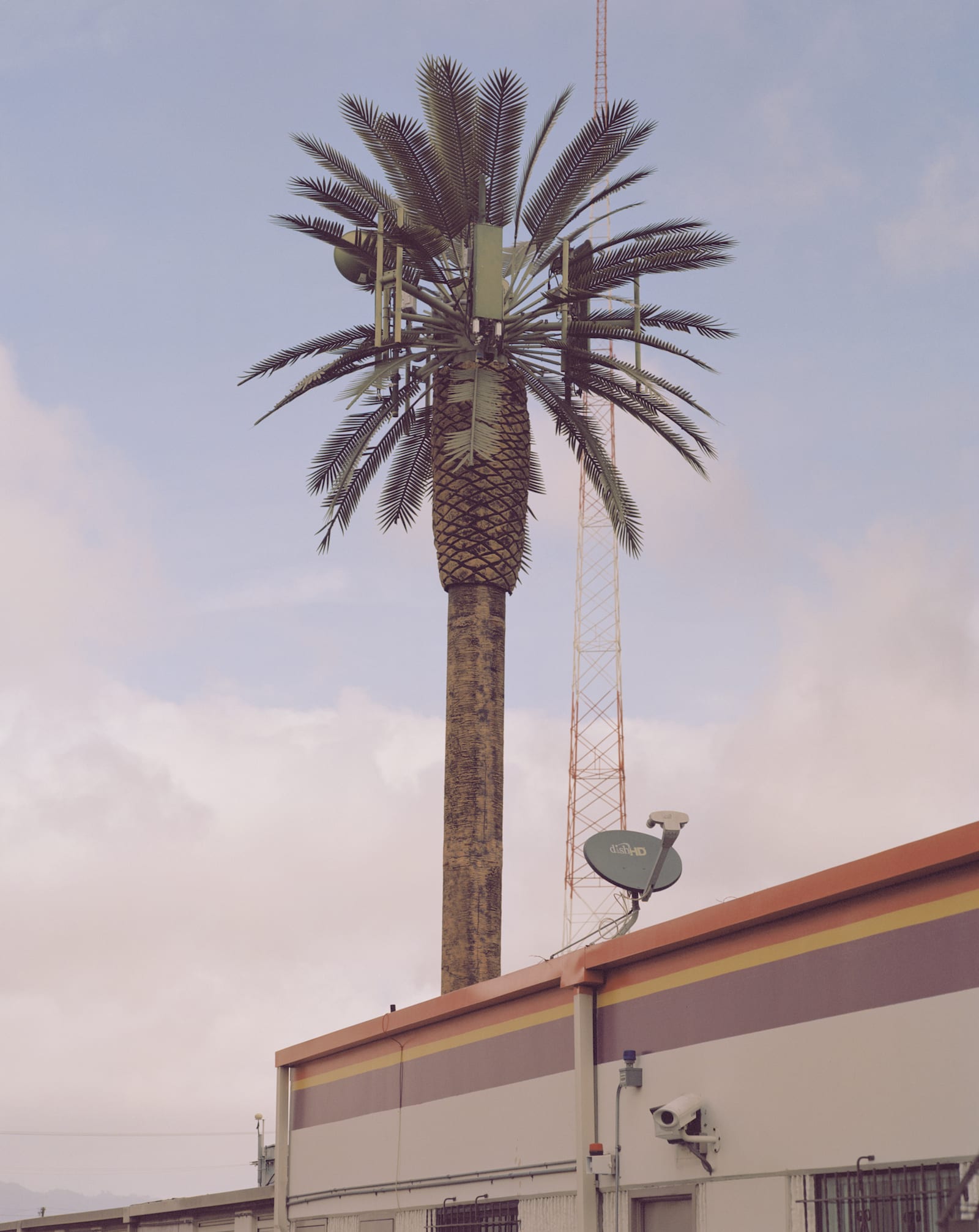
What are your experiences of being photographers in Copenhagen?
Copenhagen is our home and we love to live here. That said, our work in progress, The Merge, is a look into the future of artificial intelligence and robotics. There is a quote by William Gibson that goes: “The future is already here – it’s just not evenly distributed.” We are taking advantage of that by travelling to the places where you can look into the future. We will also be doing work for The Merge in Denmark, but so far the collecting of material has taken place in the US. Next week we will go to Germany.
A lot of your projects are based overseas. Do you like the experience of working in unfamiliar situations?
It is interesting for us to work in unfamiliar settings – other countries or, as earlier mentioned, places where “the future is already”. Unfamiliarity often equates to visually exotic potential, and we can’t deny that the shock of something unfamiliar can add an interesting layer to our photographs. Regarding research, we always prepare ourselves a lot. Next week we will be collecting material in Germany. We have spent the last six months preparing: starting from an open abstract discussion, dividing into themes, and then finally contacting companies, organisations and individuals to set up appointments.
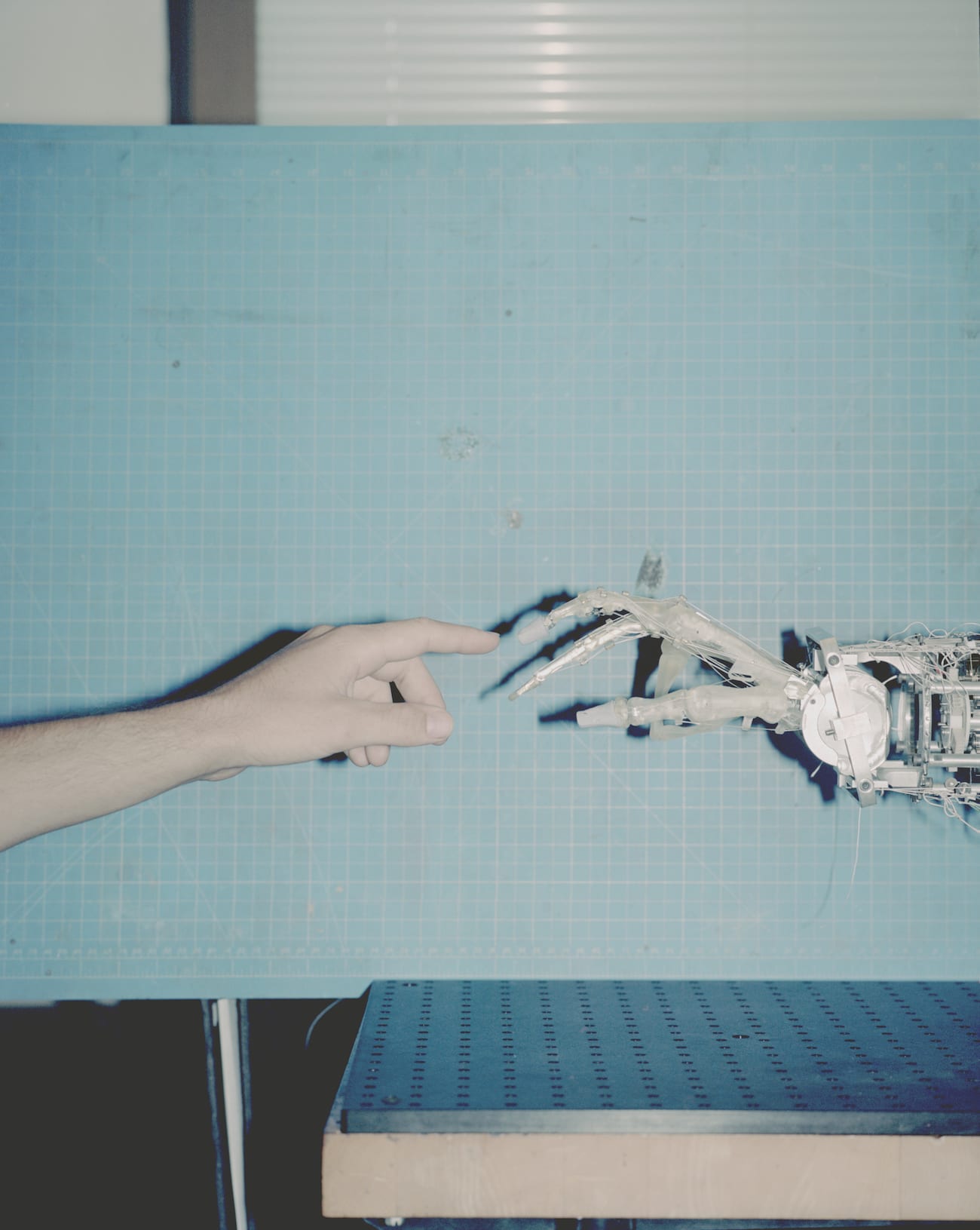
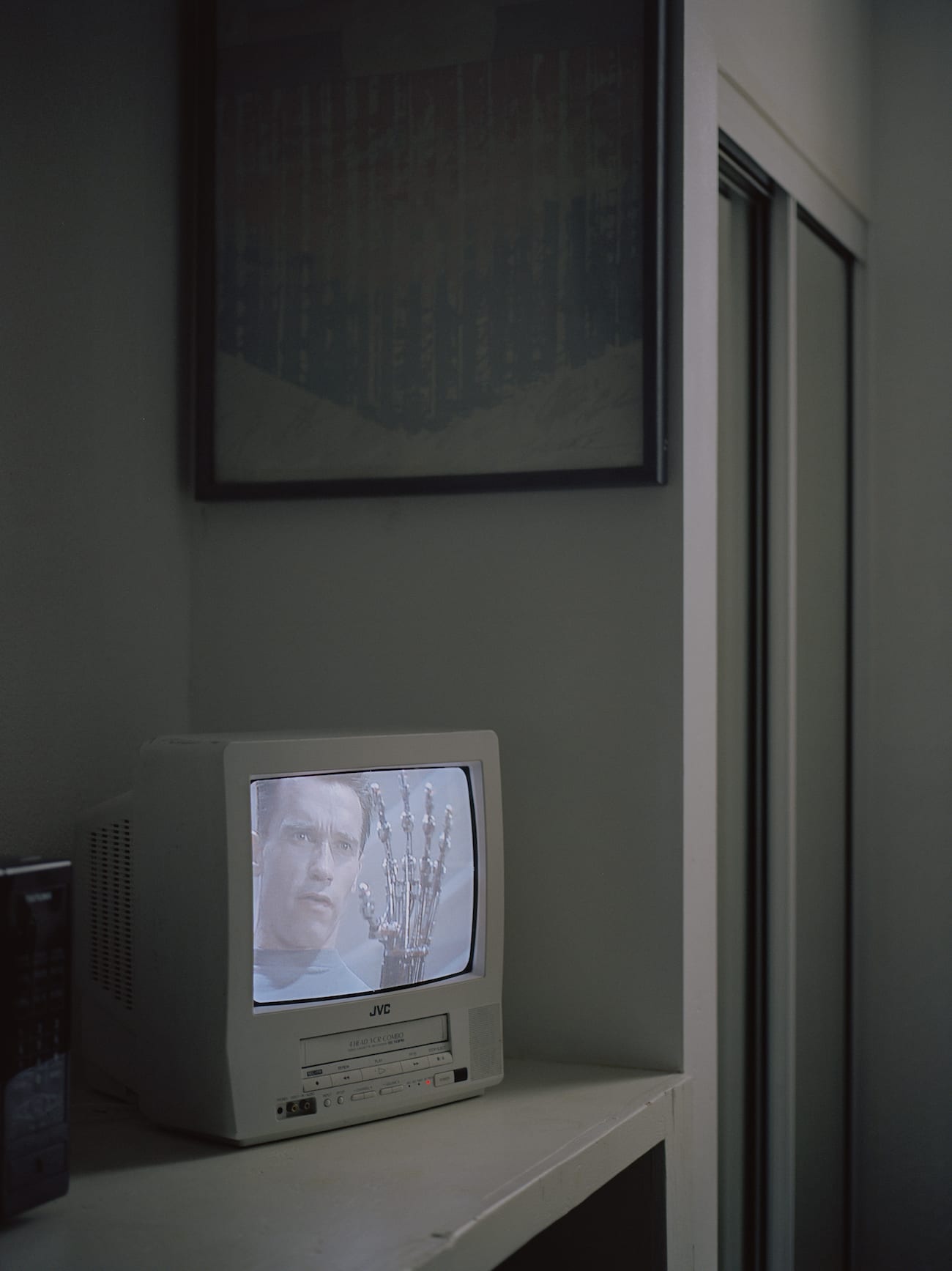
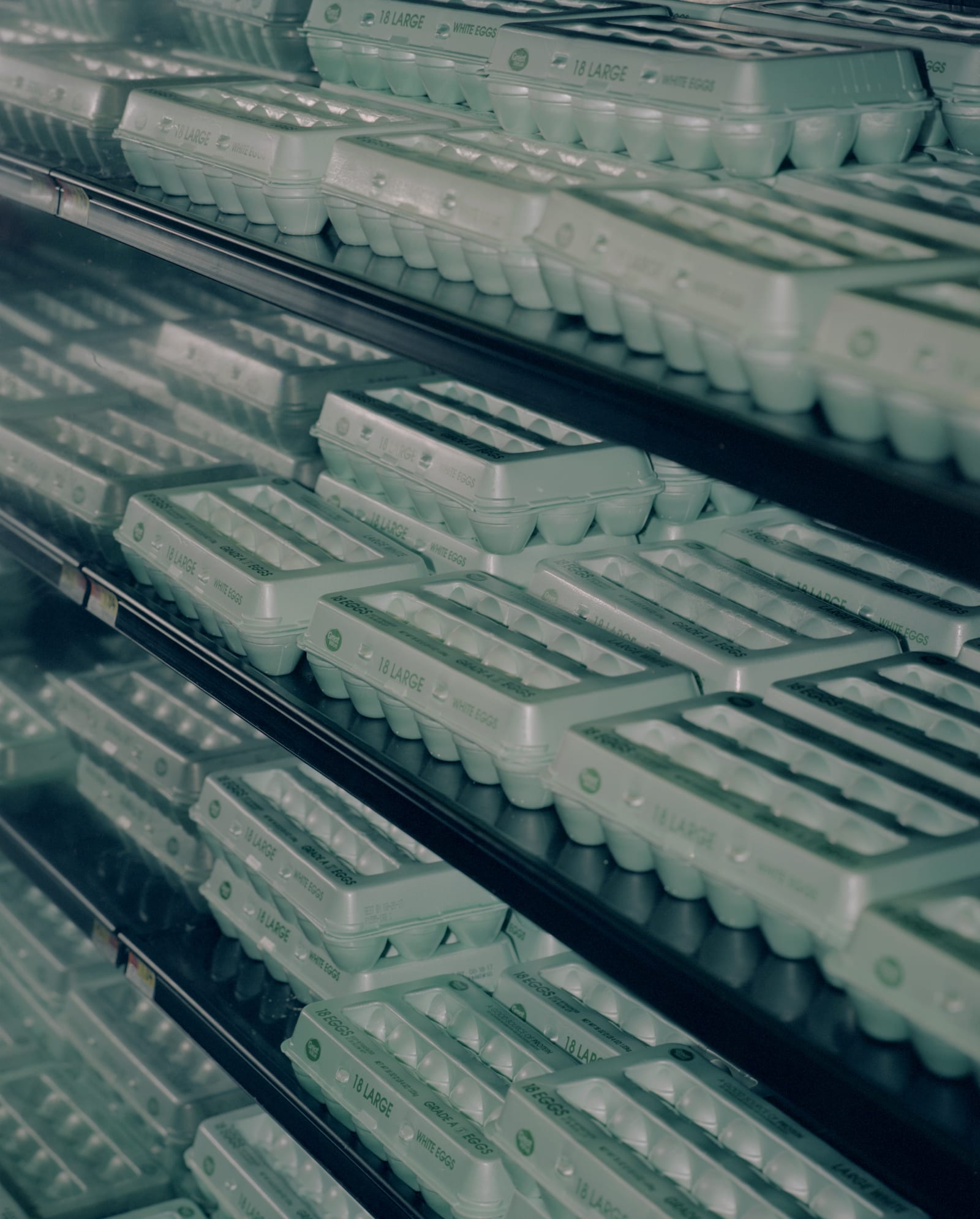
Postcards from Copenhagen is a British Journal of Photography commission made possible with the generous support of Wonderful Copenhagen. Please click here for more information on sponsored content funding at British Journal of Photography.

